There are a lot of elements that set the Disney Parks far outside the realm of a “regular” theme park. Dark rides, theming, the “Disney bubble” — these are all things that make the Disney experience so magical.

There’s another element, though, that sets Disney apart from all the rest — its animatronics. These mechanical marvels come in all sorts of shapes and sizes, and together they bring Disney magic to life. But have you ever wondered how they came to be? There’s actually a remarkable, ongoing history behind these creatively designed robots, and today we’re going to take a dive into their story.
The Beginning with Walt
As it turns out, Disney was responsible for innovating audio animatronics to begin with.
How it All Began
It all started when Walt Disney came back from a 1950s trip with a mechanized little toy bird. On the outside, it looked like a taxidermy songbird in a cage, but internally it was a machine, which would chirp out music as if it were alive.
This inspired Walt to have Imagineers create their own mechanical constructs to mimic living things. One early prototype was Project Little Man, which used cams and levers to make a robot perform actor Buddy Ebsen’s dance routines.

While these early designs were certainly a bit more clunky than what we see in our audio animatronics today, Disney continued to experiment and apply the animatronics to their first Disneyland park in Anaheim, California.
They found it easier at first to make animal animatronics, as they were still struggling to fluidly imitate humans. One early ride featuring animatronics was the Jungle Cruise, which used hydraulic technology to give the hippos, rhinos, elephants, and other wildlife simple movements like shaking their head or opening and closing their mouth.
Click here to read more about the history of the Jungle Cruise
Breakthrough in the Tiki Room
While these early animal animatronics were revolutionary for the time, they still only had limited movement and sounds. That all changed when Disney started utilizing solenoid coils and magnetic recording tape.
Making the Audio Animatronics Lifelike
The magnetic recording tapes held the audio recordings that would play, and the sounds triggered electrical signals that then reverberated into the coils. This would then in turn cause the animatronics to move and perform actions, coordinated fluidly with the audio.
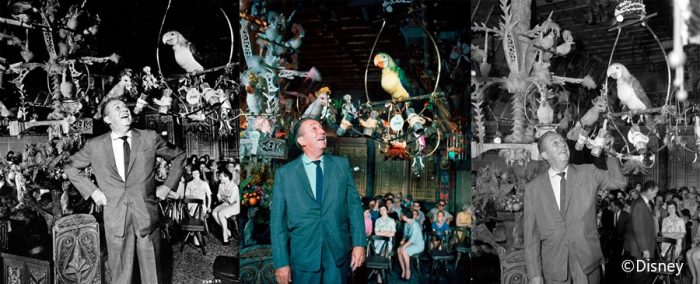
The Enchanted Tiki Room’s diverse menagerie of tropical birds, flowers, and tikis was the first true audio-animatronic system, and it was a smash hit when it opened at Disneyland in 1963. The synchronized movements of the birds and flowers in time with their luau-style singing was something entirely new, and it showcased the brilliant immersion that Disney Imagineering had to offer the world.
Meet Mr. Lincoln
Even as Disney’s Imagineers improved and applied the effectiveness of their audio animatronics using the new solenoid coil technology, they were also making progress with realistic human animatronics. And these new human animatronics were about to take central stage before the nation and world at the 1964-1965 World’s Fair in New York City.
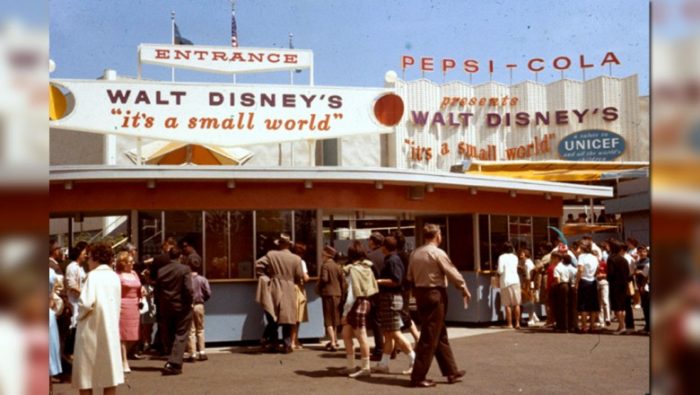
Initially, Imagineers focused on a potential Chinese restaurant envisioned for Disneyland. They were going to make an animatronic of the great Chinese sage Confucius and have him speak with guests.
But when the plan for the restaurant fell through, the designers instead made an animatronic of another wise and remarkable figure in history: the American president Abraham Lincoln. Then, in the middle of testing out Lincoln, the World’s Fair’s organizer happened to visit the studio and, impressed with the work, asked for it to be a part of the fair.
The World Fair
Abraham Lincoln’s animatronic had its production sped up in time for the World’s Fair, but it was not the only Disney audio-animatronic to grace New York’s World’s Fair in 1964.
Lincoln, and the OTHER Animatronics at the World Fair
In addition to Lincoln’s recitation of his famous speeches, Disney hosted three other animatronic attractions at the 1964-1965 World’s Fair.

One popular World’s Fair attraction was the (now iconic) “it’s a small world” ride, complete with international animatronic characters and the catchy tune we all know so well.
Then there was Carousel of Progress, which explored the history of technology over the 20th Century in a revolving auditorium. Finally, Ford’s Magic Skyway, funded by Ford Motor Company, let guests ride prototype vehicles (including a PeopleMover) through prehistoric scenes with dinosaurs and cavepeople.

After the 1964-1965 World’s Fair ended, Disney moved many of their World’s Fair attractions back to Disneyland, where they became mainstays in the park. “it’s a small world” in particular remains popular to this day and has spread to Disney’s many parks across the globe.
Carousel of Progress currently plays at Magic Kingdom in Disney World., Abraham Lincoln stars in Disneyland’s Great Moments with Mr. Lincoln, which also inspired Magic Kingdom’s Hall of Presidents. Even the dinosaurs found a new home in the Primeval World diorama, part of the Disneyland Railroad.
Patenting the Audio-Animatronic
Disney had already been publicly using the term “audio-animatronic” to describe their unique style of animatronics since 1961, and in 1964 they made things official by filing for the trademark. In 1967, the trademark was officially registered, making the audio-animatronic Disney’s.
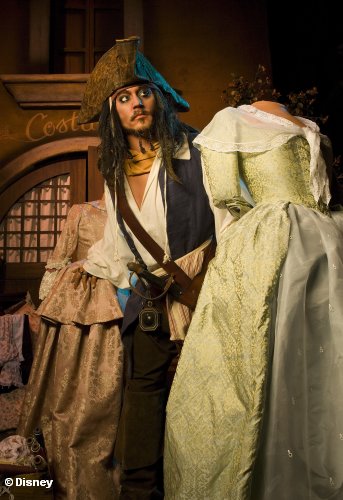
The effort Disney put into acquiring legal rights to the audio-animatronic (AA) shows just how important the robots were becoming in the parks even early on. The animatronics freed up cast members for other roles and could be placed in spots that wouldn’t have been safe for human performers. And as Disney’s animatronics got better and better, the immersive experience for guests also deepened.
A Gift From Mary Poppins
Disney’s audio-animatronics got a further boost in 1964 following the movie Mary Poppins, which in turn got help from animatronics in creating a magical story.
The film actually featured two bird animatronics. One was the robin that Mary held on her hand while singing “A Spoon Full of Sugar”, while the other was the chattery parrot attached to her umbrella.
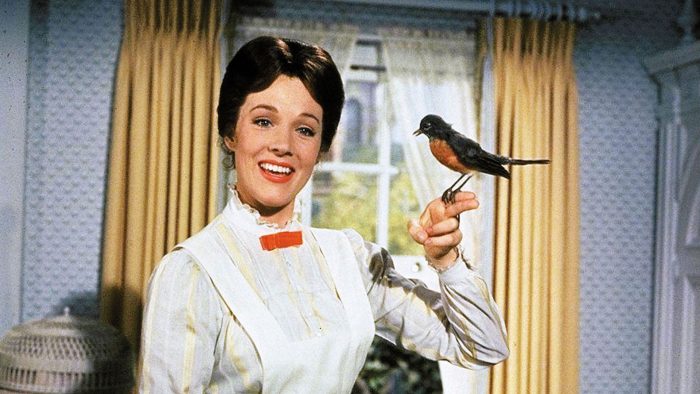
After Mary Poppins’ box office success, earning more that $31 million initially in North America alone, Walt Disney used some of the revenue to fund a special division focused on animatronic production. Due to the first investment coming from Mary Poppins, the new division was named MAPO. Until shutting down in 2012, MAPO manufactured all of the animatronics at the Disney parks, not to mention other key features like rides, props, and entire ride systems.
A Step Forward in Programming
Disney and MAPO continued to improve their animatronics, and another critical breakthrough in 1969 significantly improved the efficiency of programming the animatronics. Before then, computer programming was still in its early stages, so programming animatronics had been a tedious process. You’d have to strap yourself to the machine and record for hours, often remaining motionless in between specific movements.
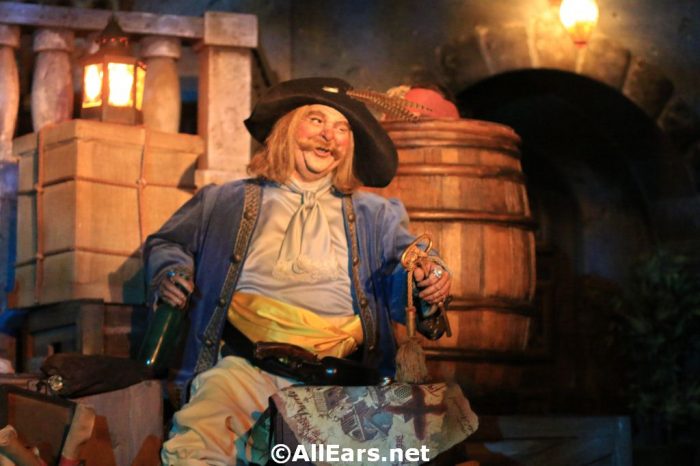
That all changed with the Imagineers’ Digital Animation Control System (DACS). It uses a set of buttons and knobs that control and record the animatronics’ movements, freeing programmers from having to strap themselves directly to the machines. DACS not only improved animatronic programming but also daily functions across the parks. Magic Kingdom has continued to utilize DACS for opening doors, controlling lights, and managing cash registers.
A New Home for the Animatronics
Disney’s dedicated Imagineers strive to let nothing go to waste, and when a ride closes for good, the animatronics often find new identities and homes at other attractions.
How America Sings Led to Splash Mountain
This was the case for America Sings, whose animal musicians influenced the development of Splash Mountain. Opening in 1974 to replace Carousel of Progress in Disneyland, America Sings used the same rotating theater to showcase the history of American music, covering the deep South, the wild West, the 1890’s, and “modern times”, all with colorful animal animatronic performers.
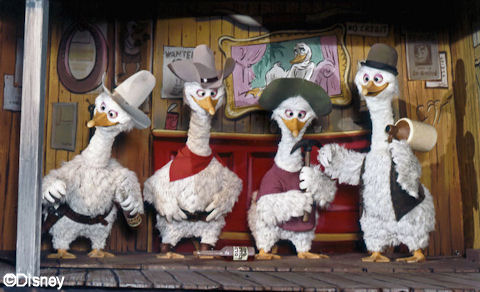
By 1988, however, the theming was becoming dated (kind of ironic, given how it was part of Tomorrowland), but one question remained: what were they going to do with all the animals? Incidentally, around the same time, Imagineer Tony Baxter had his own dilemma over in what was then called Bear Country. An offshoot of Frontierland, it was meant to be its own separate area at the park, but it really only had Country Bear Jamboree. Baxter’s job was to come up with a new ride that could fit in with the furry animal-themed area.
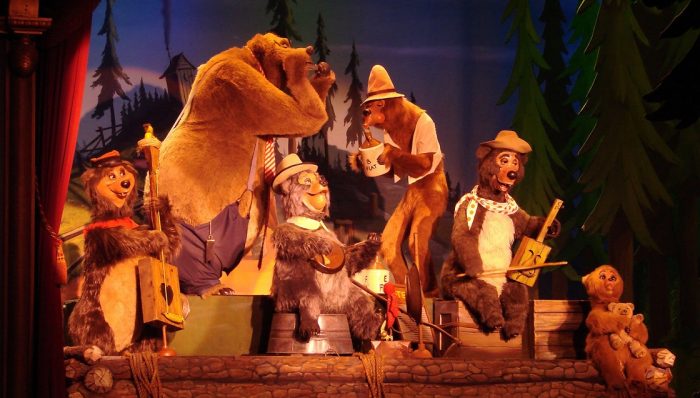
While mulling over ideas for a ride, Baxter realized that the 1946 film Song of the South, largely ignored by the public, still had fun characters from the animation segments like Br’er Rabbit and Br’er Bear, so why not use them for a new log flume ride? And since so many of the America Sings animatronics were inspired by the American South, the animals were used to expand the ride’s colorful cast. For instance, the vultures you see in the fateful climb first sang a Western ballad as the “Boothill Boys”.
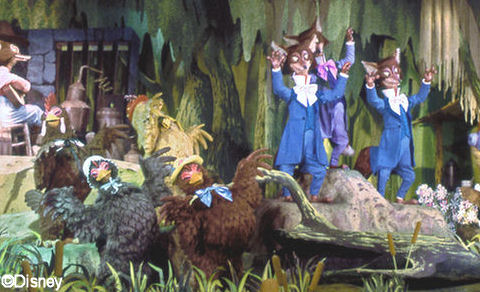
Splash Mountain wasn’t the only ride using recycled America Sings figures, either. Two of the barbershop geese were trimmed down to their skeletal frames and repurposed at Star Tours as the queue’s G2 “goose” droids, beloved by fans for their eccentric and comedic personalities. In these myriad ways, Imagineers not only recycle existing audio-animatronics, but they also use those designs for new stories, building new characters and settings in the process.
Click here to read more about the evolution of Splash Mountain
A New Park, A New Production Model
With the debut of Disney-MGM Studios (now Hollywood Studios) in 1989, Disney also unveiled a brand new kind of audio-animatronic.
The Great Movie Ride
The Great Movie Ride took guests through scenes from classic movies like Casablanca and Indiana Jones, culminating in an encounter with the Wicked Witch of the West from The Wizard of Oz. The Wicked Witch had a new trick up her sleeve, though, as she was in fact the first in a new line of animatronics, better than ever before.
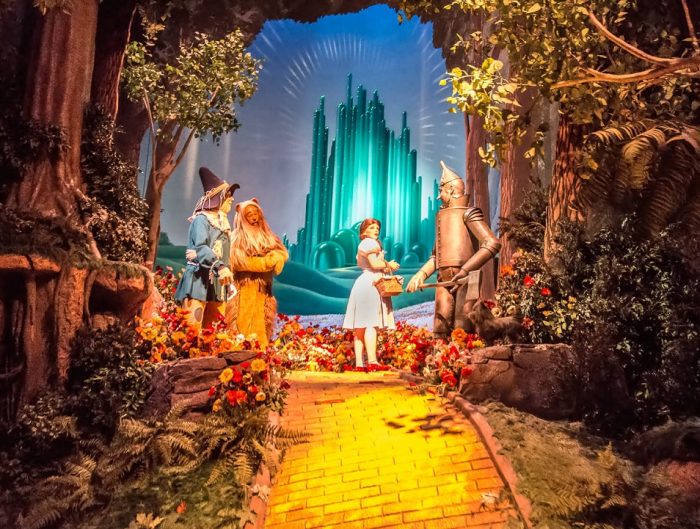
Previously, animatronics at Disney were classified as A-1 models, but the Wicked Witch was part of the new, upgraded A-100 series. Rather than having a single control unit for a hand, the A-100 has a separate actuator for each individual finger, letting them all move independently. These more realistic and flexible motions let the human animatronics behave much more realistic, making it hard sometimes to remember they’re not really alive.
Walking with a Dinosaur
Though Disney animatronics had come a long way, they were still largely stationary. However, things changed when Lucky the Dinosaur stepped up to the plate.
Free-Roaming Audio-Animatronic
He was Disney’s first free-roaming audio-animatronic. Disney Imagineers designed Lucky so that he could actually walk around – not simply on a track, but out in the open – even on a street. His computer and power source were hidden inside the flower cart he pulled behind him. He could even sign autographs, helping solidify the illusion that kids were seeing a real, live dinosaur.

Lucky first appeared at the Natural History Museum of Los Angeles, and at Disney California Adventure in 2003. He then regularly tromped through Animal Kingdom throughout 2005, frequenting DinoLand USA.
He even traveled to Hong Kong Disneyland to celebrate the park’s grand opening. Today, guests checking out Adventures by Disney’s Backstage Magic tour in California can meet Lucky at Walt Disney Imagineering.
The Magic of the Muppet Mobile Lab
Since Lucky, Disney’s utilized more free-roaming audio-animatronics, improving on the concept in new and innovative ways. One particularly imaginative design was the Muppet Mobile Lab, featuring Muppet scientist Dr. Benson Honeydew and his hapless assistant, Beaker.
The Segway-wheeled rocket contained two animatronics, Benson and Beaker, who would interact directly with guests. It even had built-in fog machines, confetti cannons, spray jets, and more.
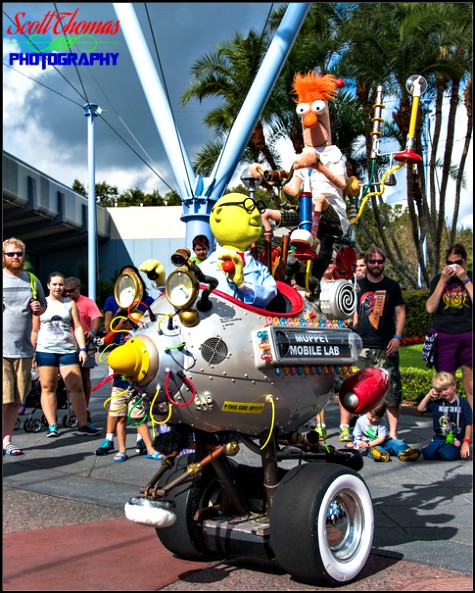
In fact, the entire movement and audio for the Muppet Mobile Lab was controlled from a distance, with the ability to control it from up to a few miles away by puppeteers. They used a remote control system as well as an array of cameras and speakers to move the Muppets around and fluidly chat with the audience.
Audio-Animatronics Today
Throughout their innovation, audio-animatronics have had one critical weakness: they remained largely static and unchanging, making things costly if you wanted to change any of them.
The New Potential of Projection Technology
But Disney is finding a way around this roadblock by combining animatronics with projection and 3D animation technology.

Basically, 3D computer animations are projected onto the animatronics and help determine the animatronics’ exact form and movements. This means that changing a character’s appearance or actions just requires altering the animations, rather than taking apart and remaking the entire animatronic.
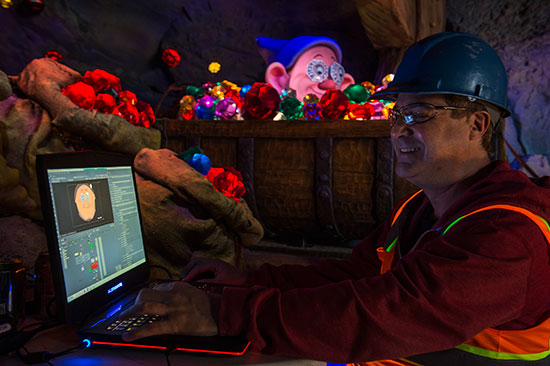
We’re already seeing some of this exciting approach in action at the Seven Dwarfs Mine Train, which uses projection animation to make them more realistic and livelier than ever. The dwarfs’ heads are actually blank, with vivid facial expressions projected onto them.

Increased Movement
In addition to this exciting technology, Disney has also gone above and beyond with bringing lifelike animatronics to the park. One prime example? The Na’vi Sha’man from Na’vi River Journey, which was the most advanced animatronic to date when the ride debuted in 2017.

When you see audio-animatronics in action, it’s easy to see why Walt himself was so enthralled with the idea. Not only did it embody his spirt of innovation, but it also helped create an immersive world that brings magic to life for viewers. As Imagineers continue to strike upon new ways to make and use audio-animatronics, many more bright possibilities await the Disney parks.
What are your favorite animatronics at the Disney parks? Let us know in the comments below!
Join the AllEars.net Newsletter to stay on top of ALL the breaking Disney News! You'll also get access to AllEars tips, reviews, trivia, and MORE! Click here to Subscribe!



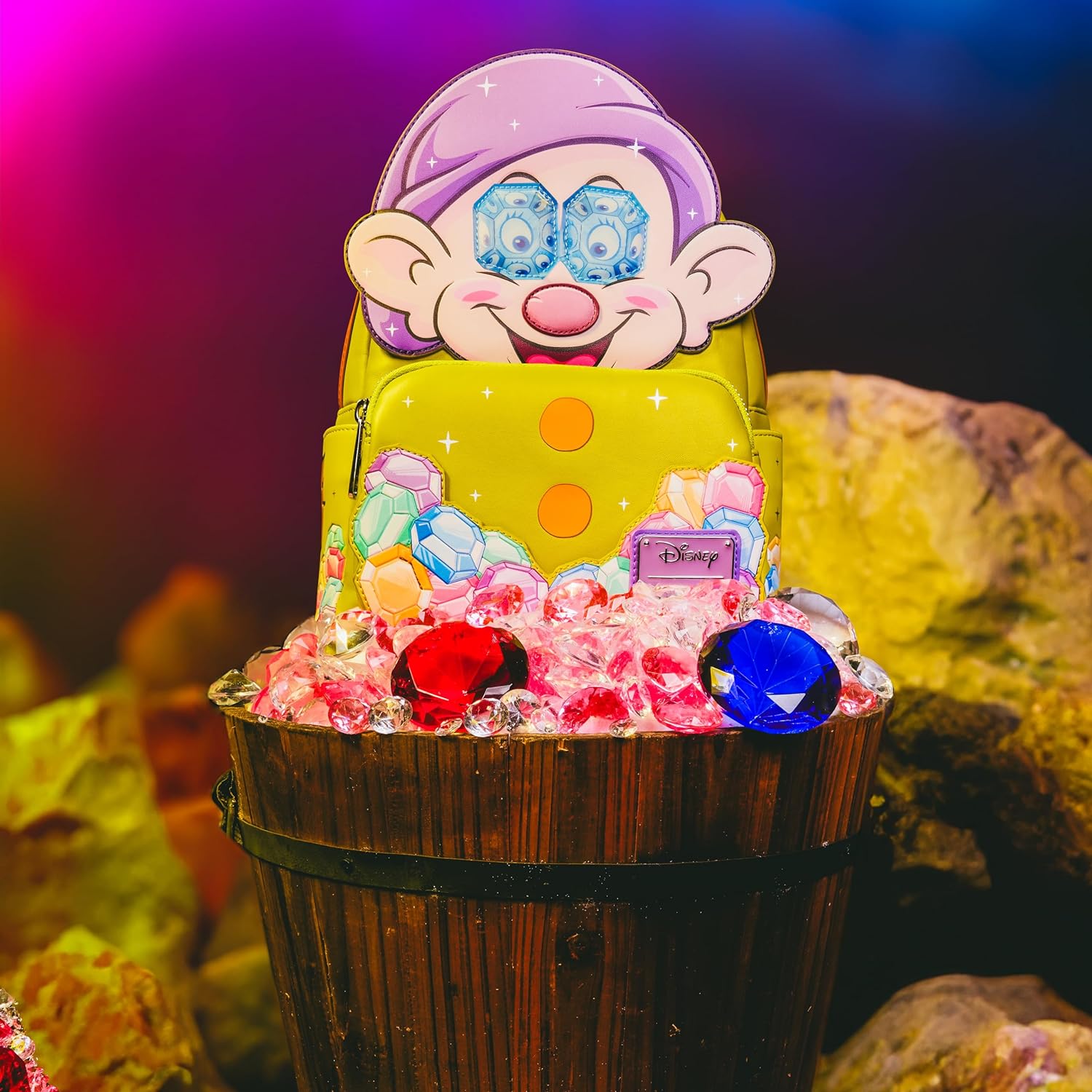


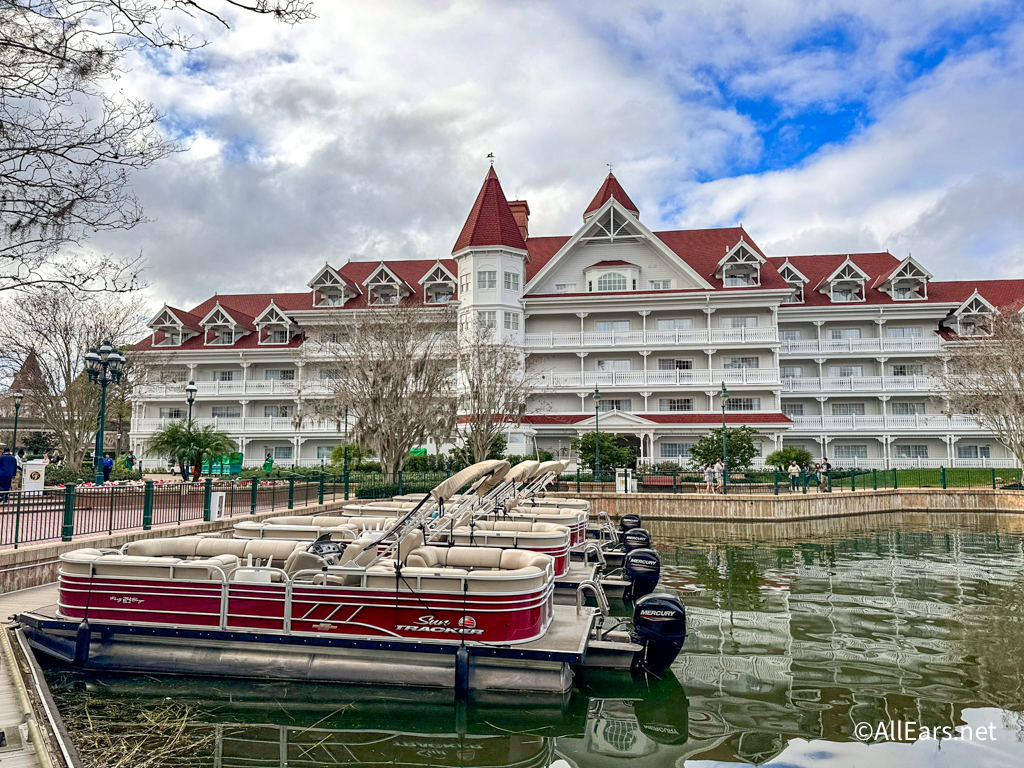
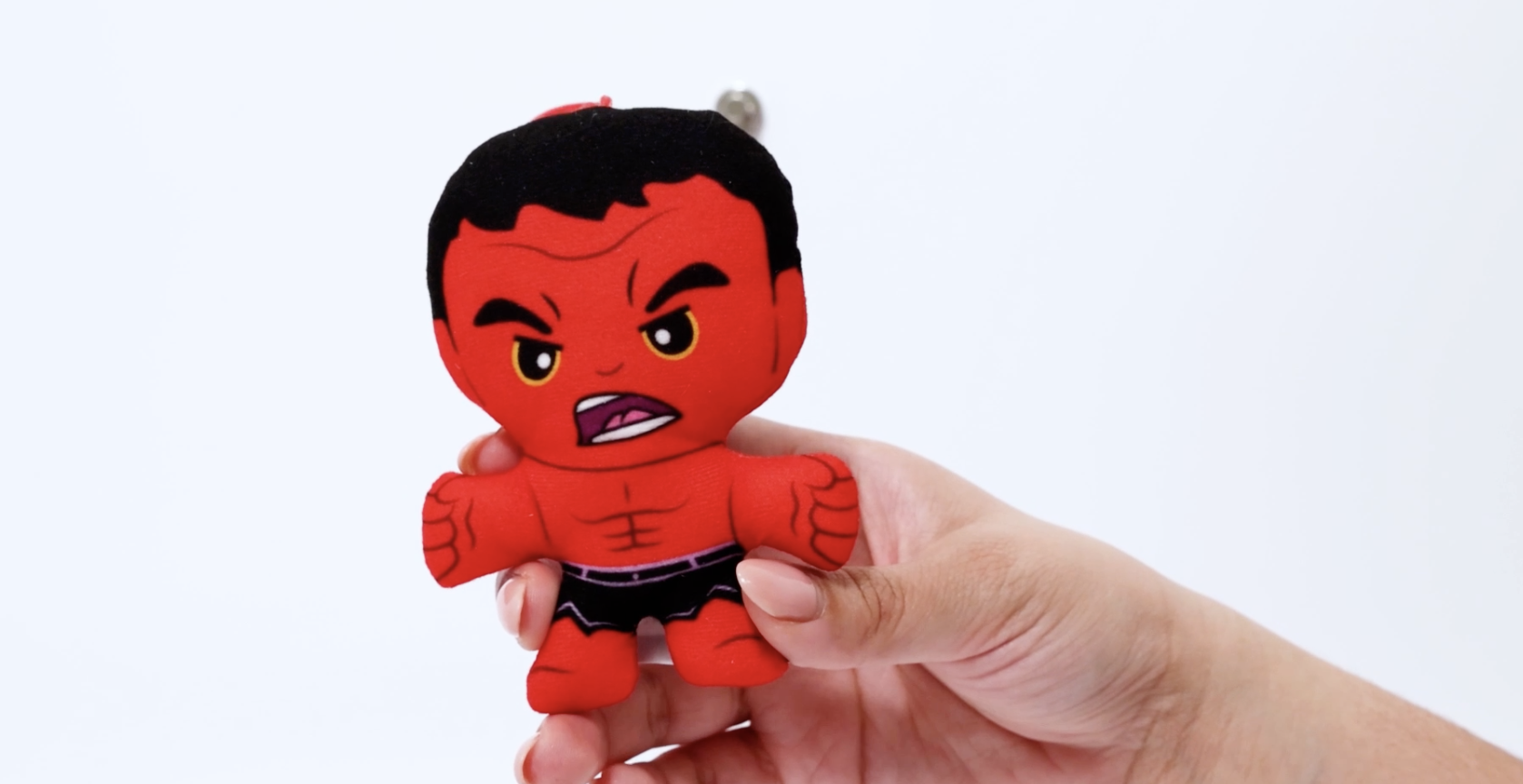
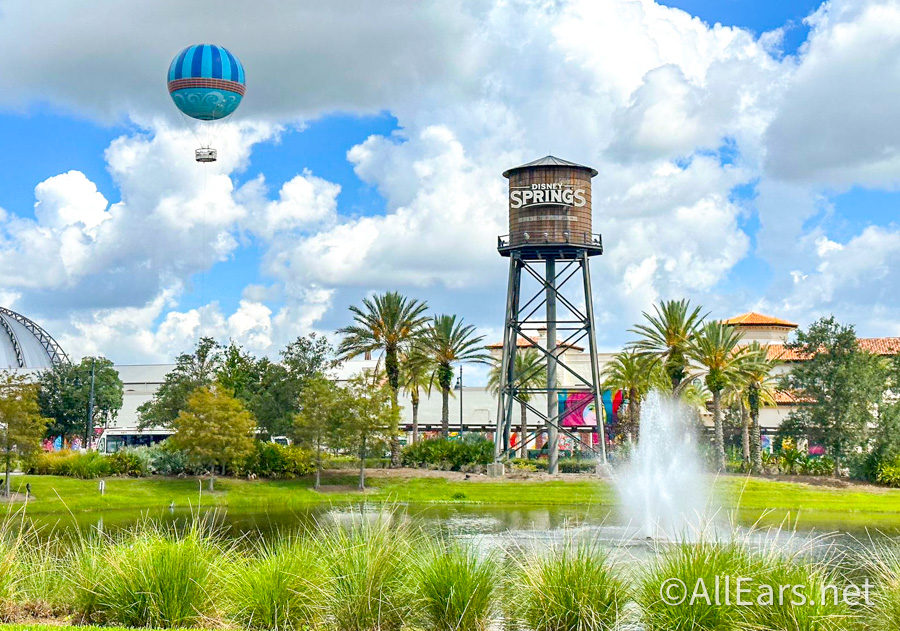
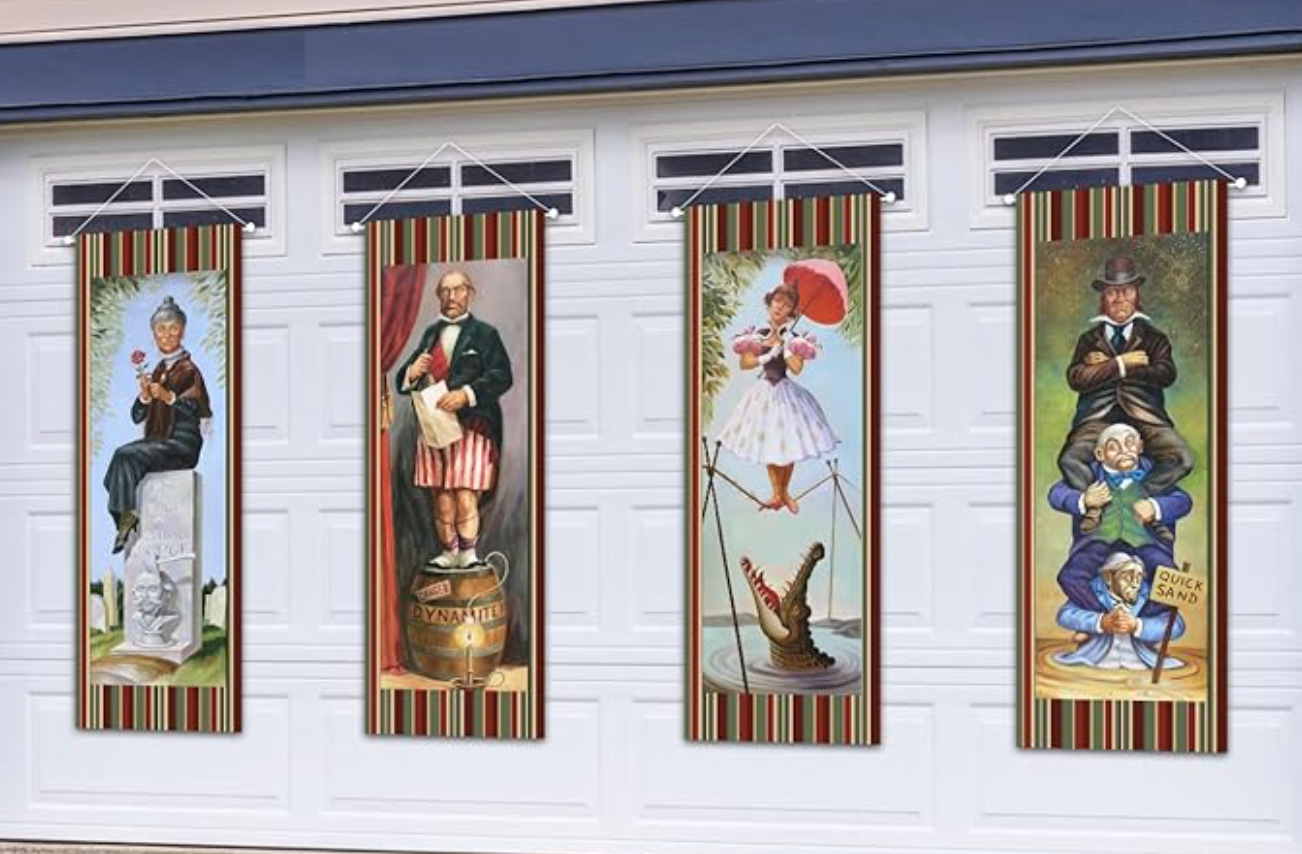
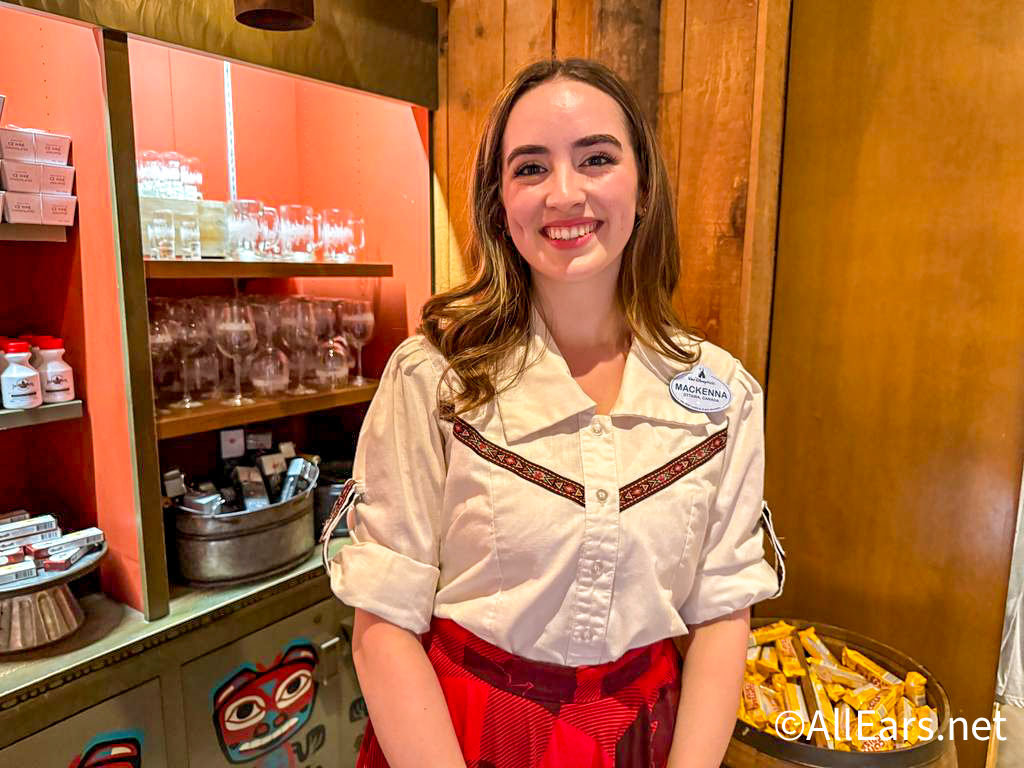
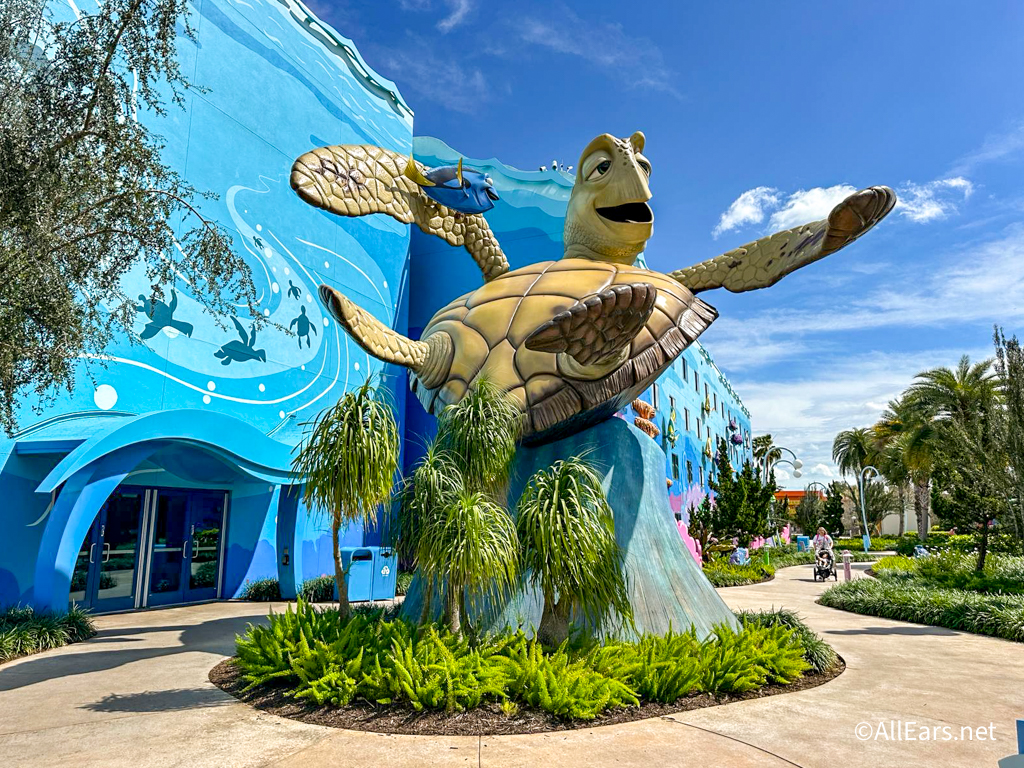
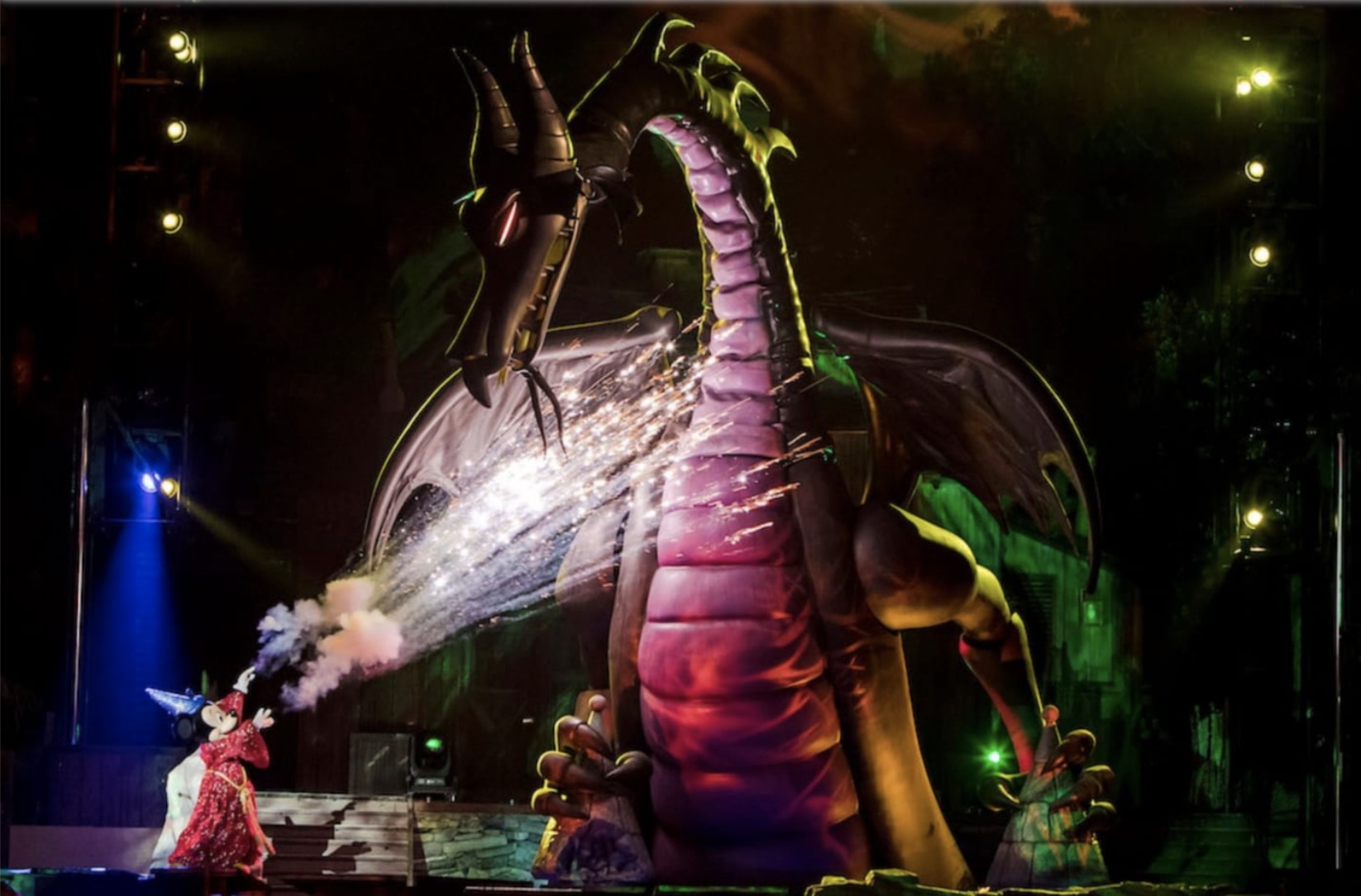
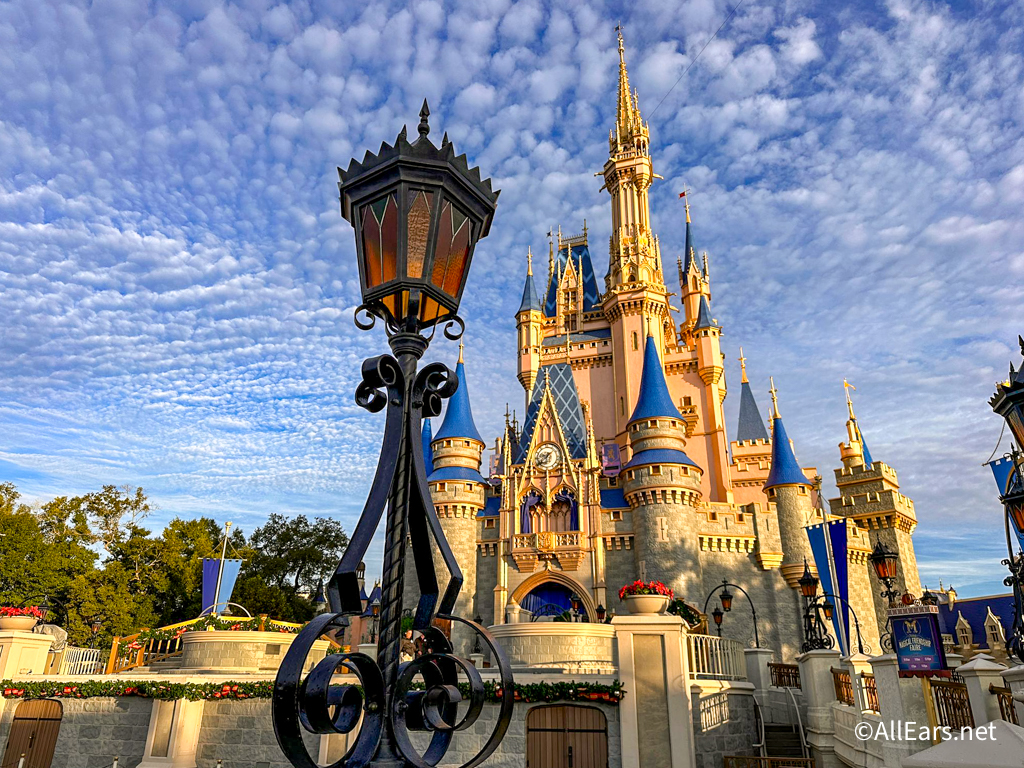
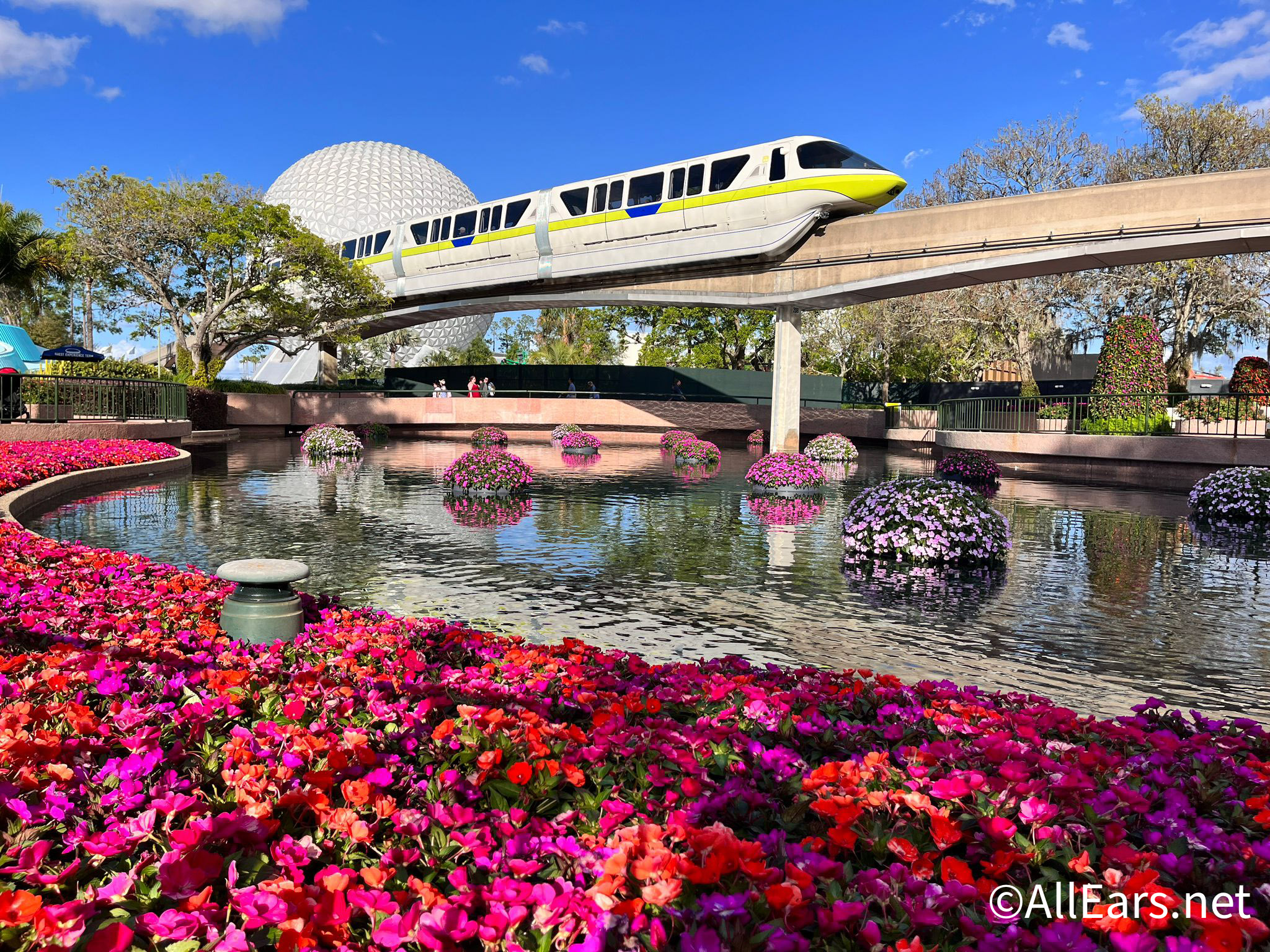
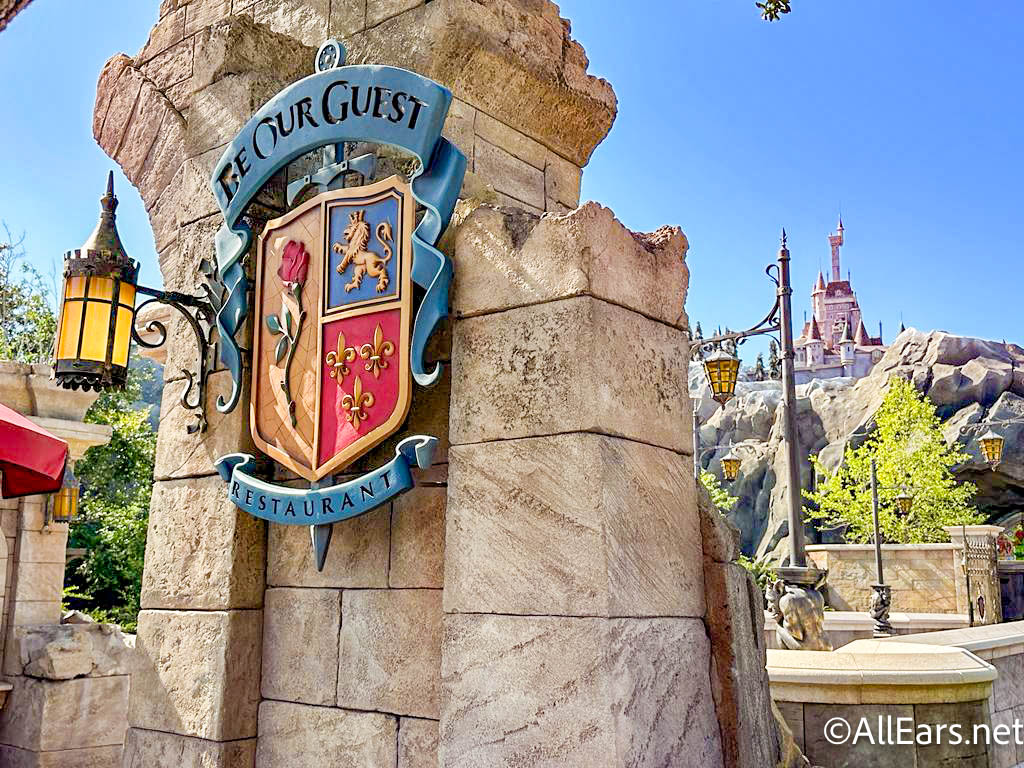
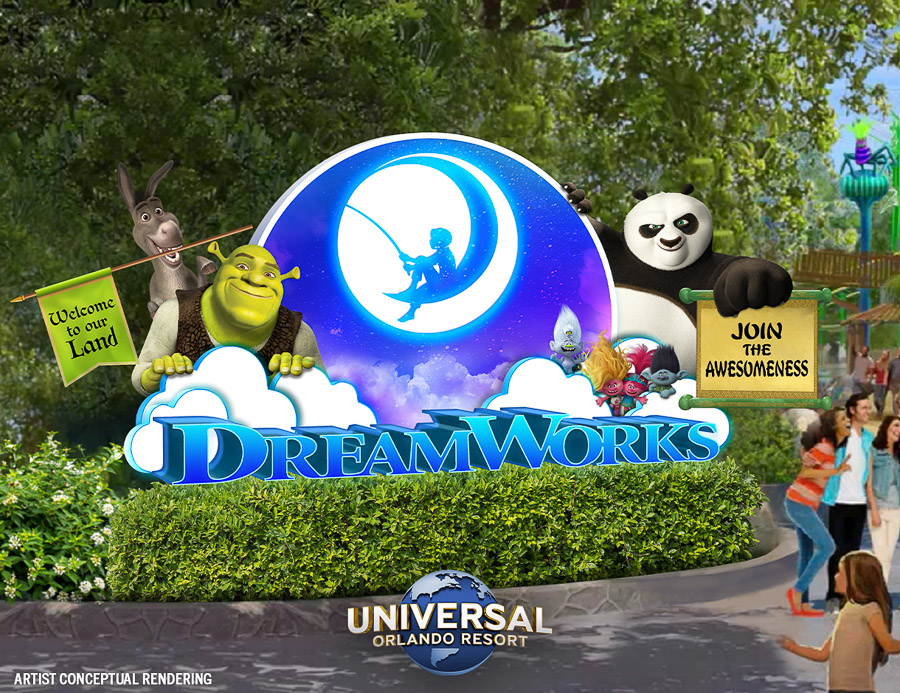
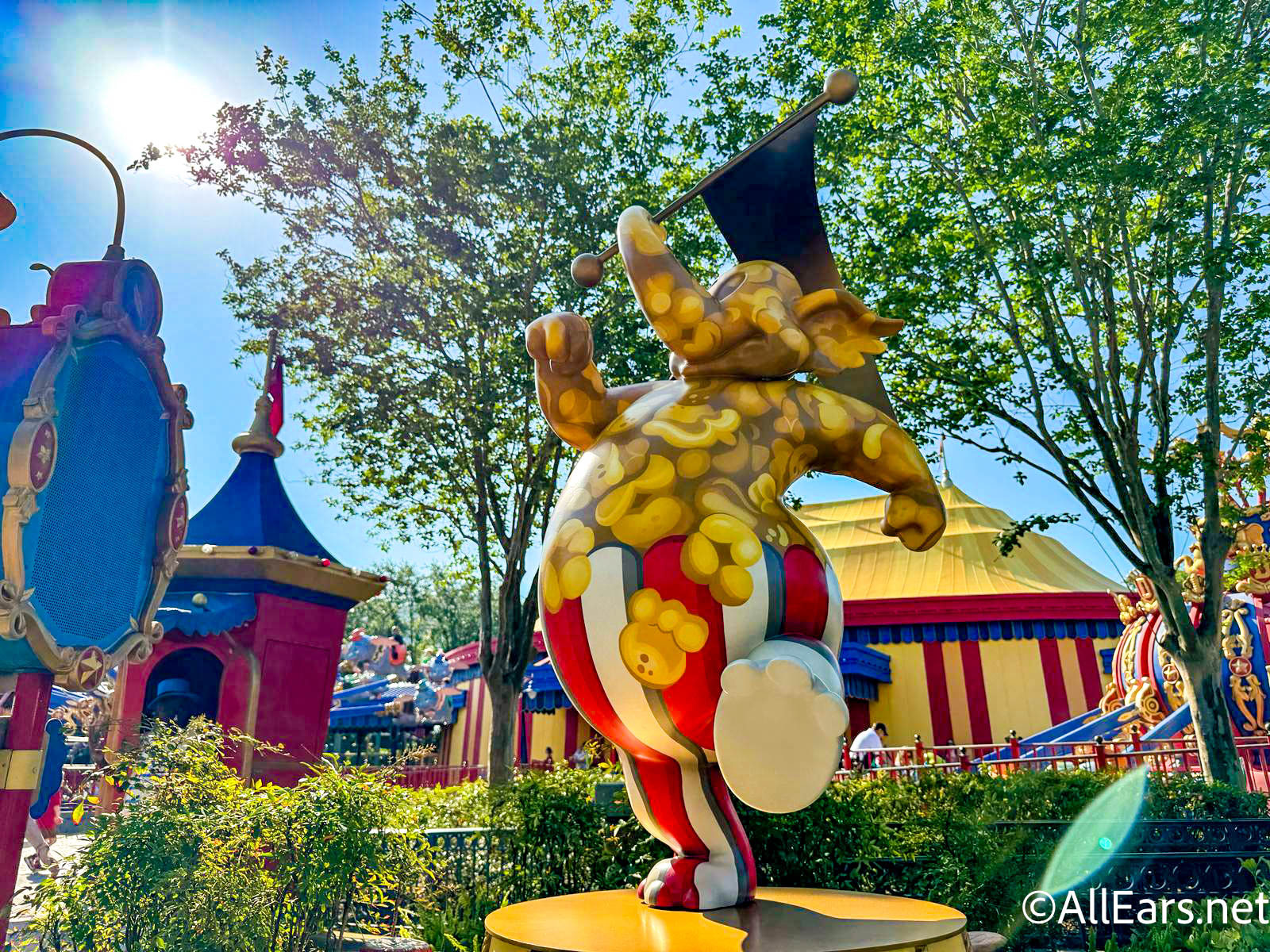
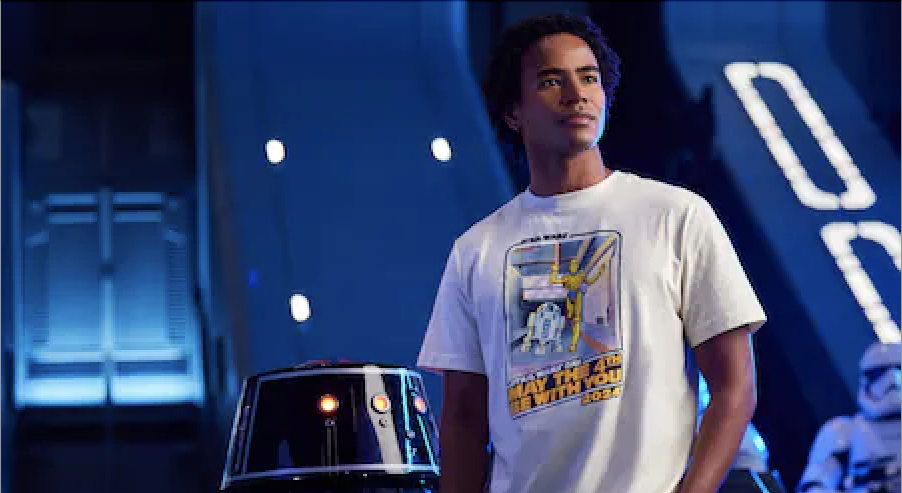
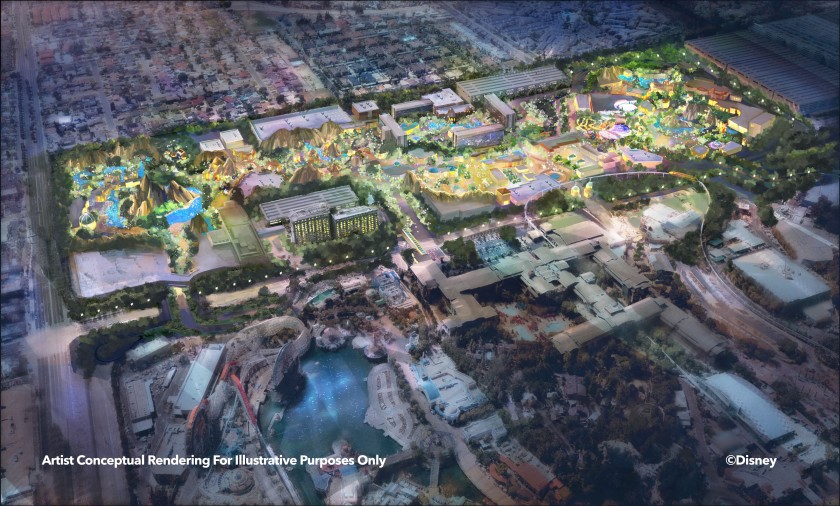
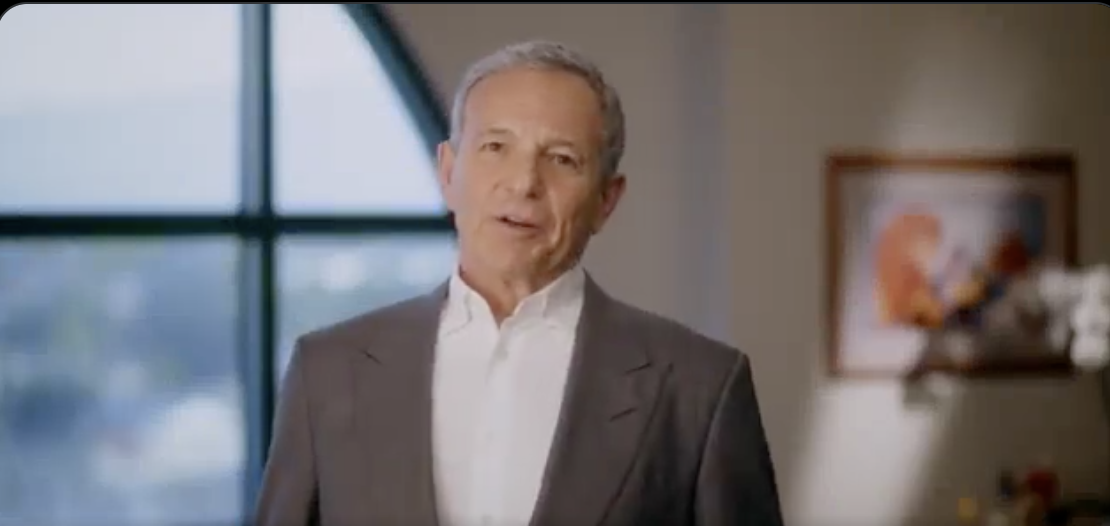


Trending Now
Canceled routes and more could complicate your next trip to the Orlando Airport. Here's what...
Let's talk about the new Disney Loungeflys that were just released on Amazon!
Most people don't realize it, but not EVERYTHING has returned to Disney World quite yet.
From fighting for a Virtual Queue spot to waiting six hours in line, things have...
We need this tipping innovation to come to Disney World ASAP!
New Happy Meal toys are HERE!
We got to check out a new tour in Disney World -- come along with...
See our FAVORITE Disney Halloween items available on Amazon NOW!
Let's go over some of the best Cast Member tips from EPCOT just for you!
Heading to Disney World soon? Don't forget these hotel essentials!
Disney just shared NEW details about the long-awaited return of Fantasmic!
Be sure to tune in to our YouTube Premiere this Saturday at 10AM EST to...
We stumbled upon this gorgeous and unique souvenir inside of EPCOT's World Showcase.
We've gotta talk about these Disney World tourist traps that are actually worth it!
Universal just announced the opening date for the new DreamWorks land!
It's here -- Smellephants on Parade!
The May the 4th merchandise virtual queue is returning to Hollywood Studios!
Disney has had lots of hoops to jump through to get the DisneylandForward plans set...
May 7th could give us insight into some big changes coming to The Walt Disney...
Looking to stay off-property during your next Disney World trip at a quality, lower-priced hotel?...